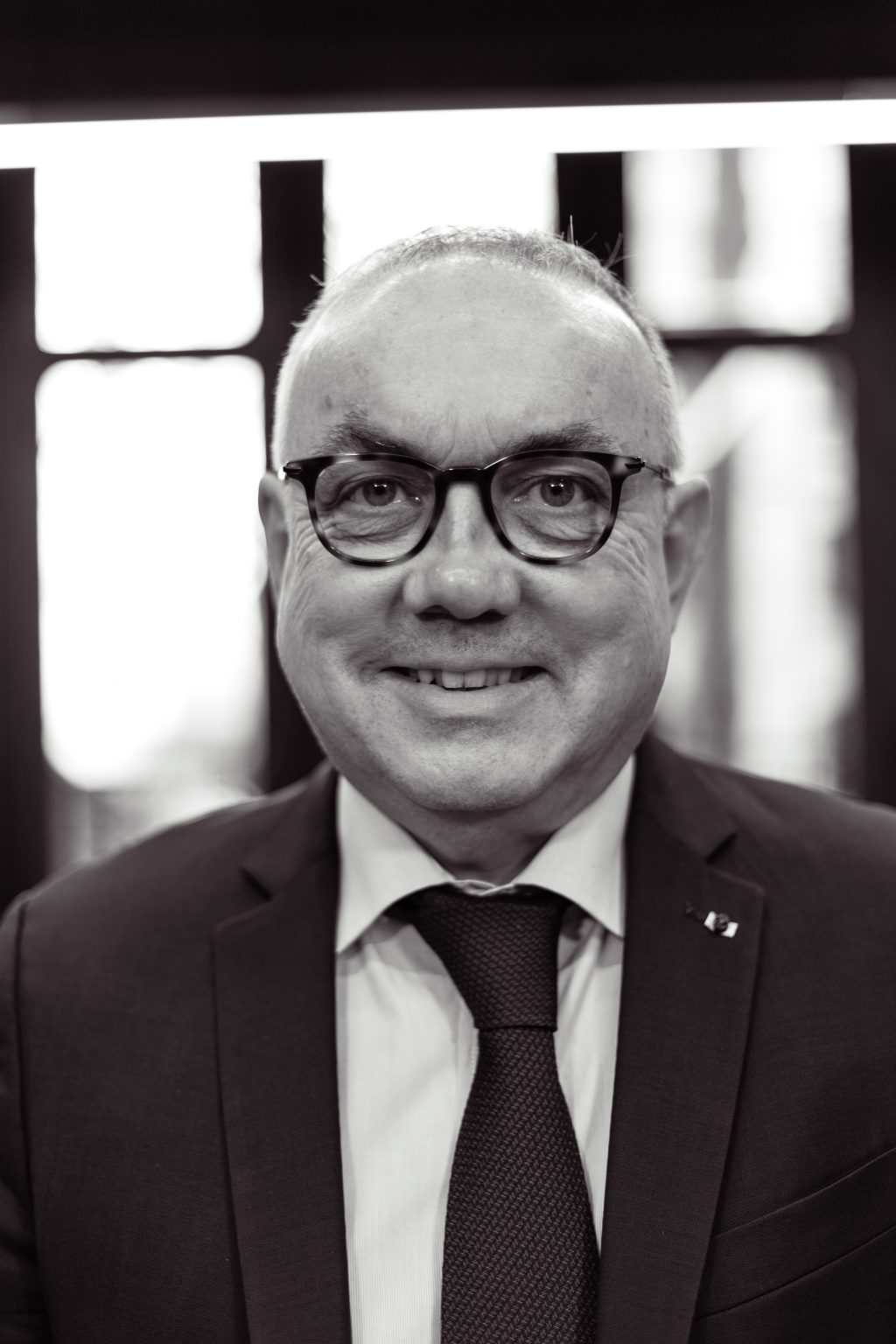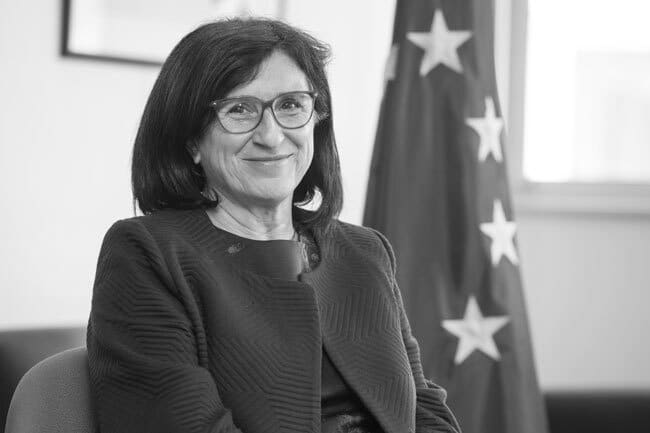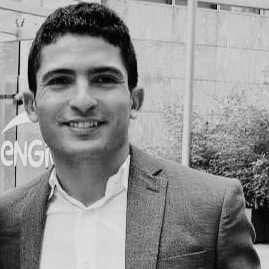Jean VERSEILLE and Olivier LAVOINE European Affairs Director at RTE and Financial Director at RTE [vc_btn title= »Download the article » style= »outline » color= »blue » align= »right » i_icon_fontawesome= »fa fa-file-pdf-o » add_icon= »true » link= »url:http%3A%2F%2Fprod.confrontations.org%2Fwp-content%2Fuploads%2F2016%2F03%2FRevue-107-The-European-electricity-transmission-network-is-a-key-component-of-the-Energy-transition-in-Europe-p22.pdf||target:%20_blank »] Investing in the European electricity transmission network means opening a path towards a successful, less expensive, and socially responsible energy transition. Given that the objectives for 2020 are on course to be reached, the European Commission has proposed new ambitious targets for 2030. On this basis, in October, the European Council has adopted new 2030 energy and cli- mate goals. These include reducing greenhouse gas emissions by 40%, increasing energy efficiency by at least 27%, and bringing renewable energy’s share of energy consumption in Europe to 27%. However, to strike a balance between the three pillars of the energy policy (sustainability, competitiveness, and security of supply), the Commission strongly emphasized the importance of a robust and interconnected electricity transmission network. Means of production and consumption
Ce contenu est réservé aux abonné(e)s. Vous souhaitez vous abonner ? Merci de cliquer sur le lien ci-après -> S'abonner












